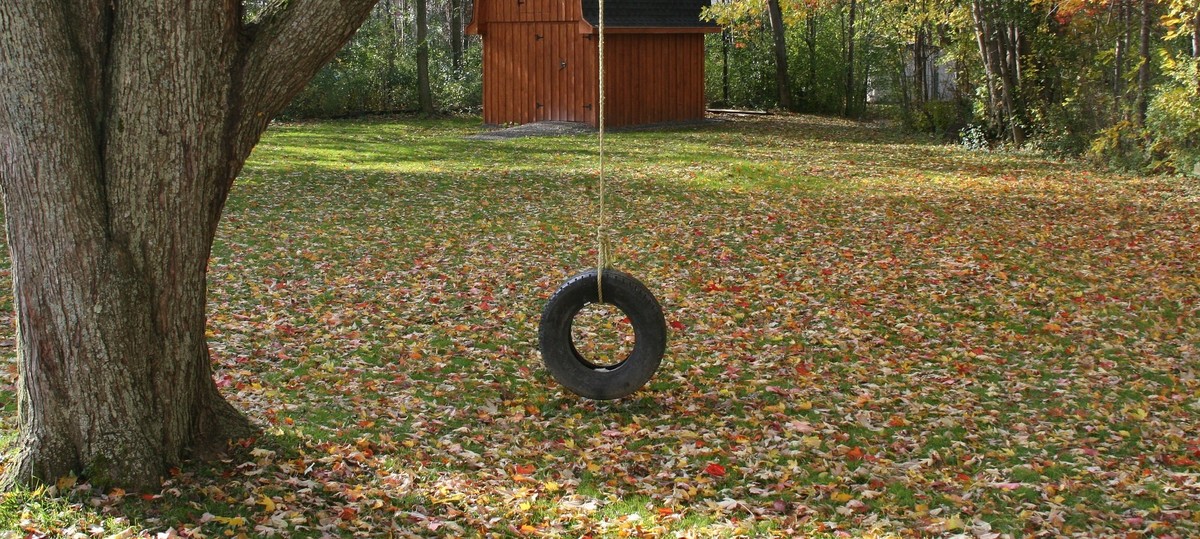
Ever wonder where our obsession with child predators began?
The answer just might be at the movies. And "M" is the picture that started it all.
What a creepy film. It opens with a mother puttering around the kitchen, waiting for her daughter to come home from school. We see the clock on the wall. We see her expression growing from cheer to terror. And somewhere in the streets below, we see a man buying a little girl a balloon.
If your pulse is racing already, thank Fritz Lang, director of that 1931 classic that taught filmmakers everywhere to hook audiences with the primal emotion of heart-stopping fear for our kids.
After the bad guy, played by Peter Lorre, murders the girl he bought the balloon for — off camera, so we can imagine the worst — the city rises up to hunt him down.
He nonetheless manages to befriend another child on the street. But just as he's leading her off to buy candy, her mother appears. Hallelujah!
And that is the moral of the story: Unless you want your children to get murdered, you cannot let them go outside on their own. Lang himself said he made the movie "to warn mothers about neglecting children."
"It almost feels like those hygiene films that warned you to brush your teeth," says Robert Thompson, a professor of pop culture at Syracuse University. "That's what I think 'Adam' did, as well."
"Adam" is a made-for-TV picture that came out in 1983, two years after 6-year-old Adam Walsh was abducted. Even more than "M" (which was, after all, German), it's the movie that branded "stranger danger" onto the collective American consciousness.
Until then, the majority of child abduction movies were either police procedurals or family melodramas, says Pat Gill, professor emeritus of communications at the University of Illinois. "You often don't see the child at all, or if you do, it's got some gangster's moll taking care of the kid. He's not tied up or anything."
"Adam" changed all that. The two-part miniseries broke all records, and the media world began ordering more and more kiddie kidnappings.
So how do you kick it up a notch? You hire Liam Neeson. In 2008, we got "Taken," the megahit in which Neeson's character is persuaded by his pushy ex-wife to let their 17-year-old daughter and her slutty friend travel to Paris without supervision. The girls land and immediately meet a cute but skeevy guy, who asks to share their taxi. Moments after he drops them off, he and his gang of sex traffickers return.
The daughter sees the men grab her friend in the next room and speed-dials Daddy — a special ops type — for advice. Matter-of-factly he tells her, "You will be taken."
So will you, dear viewer, on a ride that is basically an excuse for vigilante sadism as Neeson hightails it to Paris and throat-punches his way to two sequels.
"Room," by comparison, is a serious film. We know this because the lead actress, Brie Larson, won an Academy Award for playing the mom, who raises a son within the confines of a backyard shed. Her fictional character was taken at age 17 when she was kind enough to help a man who said he'd lost his dog.
In all these pictures, a mom is overtly or subtly at fault. The mother in "M" doesn't walk her child home from school. The mother in "Adam" doesn't keep her son by her side at Sears. The mother in "Taken" sends her daughter to Europe unchaperoned. And even in "Room," Larson yells at her own mother for teaching her to be nice to strangers. Maybe if she'd been a little less nice, she wouldn't have been snatched.
In short, there's no business like woe business, and most woeful of all are stories about missing children whose mothers could have saved them but didn't.
Comment by clicking here.


 Contact The Editor
Contact The Editor
 Articles By This Author
Articles By This Author